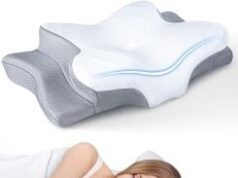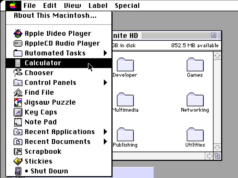
Buying a coffee grinder seems straightforward: You need a device that will grind your coffee beans. How much difference does it make how it accomplishes that task? Quite a bit, actually, depending on what you’re brewing and how you like your coffee.
Here’s what you need to know before buying a coffee grinder, plus a few options to consider.
Two different kinds of coffee grinders
There are two primary types of coffee grinders: blade grinders and burr grinders. You can think of the former like a miniature blender that cuts the beans down into a powder, while instead of blades, burr grinders include sets of sharp discs or cones that rub against one another, pulverizing the coffee beans caught in between.
These different methods can create marked differences in the ground beans, and therefore the flavor of your cup of coffee—and most everyone agrees burr grinders are preferable.
“I don’t think it’s oversimplifying to say that burr grinders are pretty much always better than blade grinders, because they produce more evenly-sized grinds and more evenly-sized grinds are better for making delicious coffee,” says Maciej Kasperowicz, director of coffee at Trade Coffee and one of 400 certified Q graders—or trained coffee evaluators—in the world.
The downside, of course, is that burr grinders are typically significantly more expensive than blade grinders—so you’ll have to pay top dollar for the benefits of a better-tasting cup.
Bear in mind that not only can the kind of grinder you choose impact how your coffee brews and how it tastes, but it will also determine how you clean it. Blade grinders can be cleaned by running store-bought tablets or plain rice through them, whereas burr grinders need to be taken apart and wiped down. And you do need to clean both; if you don’t, coffee particles and oils left over on the blades or burrs can, “turn rancid and lead to some bad flavors,” Kasperowicz says.
Choosing the right burr grinder
Before picking a grinder, Kasperowicz advises you first consider your most common grinds. Some work better than others at creating powder-like espresso grinds, for instance.
For pour-over or auto-drip coffee, he recommends Baratza’s Encore, but doesn’t think it “has a wide enough range of adjustments when you get to the finest grind size” to make it suitable for espresso.
If a great espresso grinder is what you’re looking for, he suggests the Baratza Sette.
If you want something low-profile and customizable, consider the Fellow Ode, for which you can buy upgraded burr sets if you want to modify its capabilities in the future.
Before buying anything, check the manufacturer’s website to see if the brand you’re interested in sells spare parts. If you’re going to invest in a fancy piece of equipment, you should be able to fix it if it breaks—but not all brands offer replacement parts. (This is one more reason Kasperowicz favors Baratza.)
Are hand grinders worth it?
Some old school coffee aficionados sing the praises of hand grinders, but Kasperowicz views them more as a travel tool than an everyday one. “I think some people just getting into coffee have this romantic idea that grinding by hand will make your coffee taste better,” he says. “While there are certainly really high quality hand grinders out there, there is nothing about the manual work that means higher quality on its own.”









